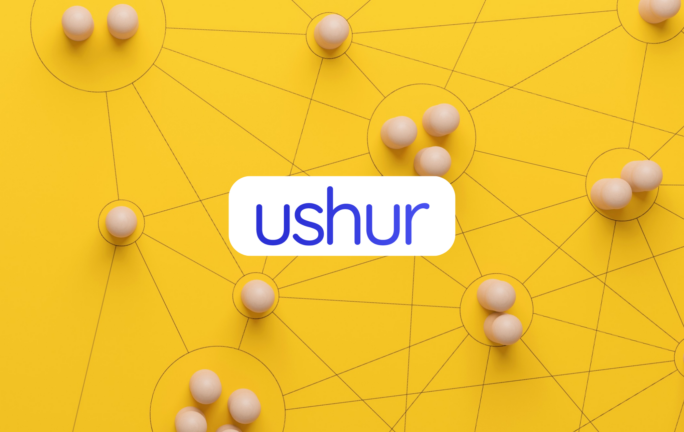UiPath has introduced several new features to its platform, incorporating generative AI to improve business outcomes.
UiPath has launched UiPath Autopilot, to accelerate the development and testing processes. For developers, Autopilot leverages GenAI and natural language processing (NLP) in UiPath Studio to streamline various tasks. Developers can describe automation ideas in natural language, and Autopilot will generate the initial workflow, convert natural language descriptions into correct expressions, and even generate code from these descriptions. This speeds up the deployment of automation projects.
For testers, Autopilot uses GenAI to enhance quality checks, analyzing and evaluating requirements for clarity, consistency, and completeness. It generates manual tests with step-by-step instructions from these requirements and converts them into automated tests with minimal effort. Additionally, Autopilot provides real-time, actionable insights into the test case portfolio.

Integration with Microsoft 365 Copilot
UiPath's new integration with Microsoft 365 Copilot, currently in preview, enables customers to automate business processes directly within Microsoft Teams. This gives users access to a library of prebuilt automations for common tasks, as well as the ability to run company-developed automations, streamlining workflows and enhancing productivity.
New AI enhancements for Intelligent Document Processing (IDP)
The company has made significant enhancements to its intelligent document processing (IDP) capabilities. The introduction of UiPath DocPath and CommPath, specialized large language models (LLMs) for processing documents and messages, is now generally available. These models improve accuracy, speed, and scalability in document processing tasks. The new active learning feature reduces training efforts by 80%, allowing users to train models easily with AI guidance, even without machine learning or coding skills.
AI-powered building blocks
UiPath has also introduced GenAI activities to facilitate higher-level automation tasks. These activities include content generation, which uses chat completion models to generate responses, and PII filtering, which identifies and redacts Personally Identifiable Information (PII) or Protected Health Information (PHI) in text. Other tasks include text summarization, translation, object detection, image classification, data categorization, and named entity recognition, all designed to enhance workflow analysis and information retrieval.









